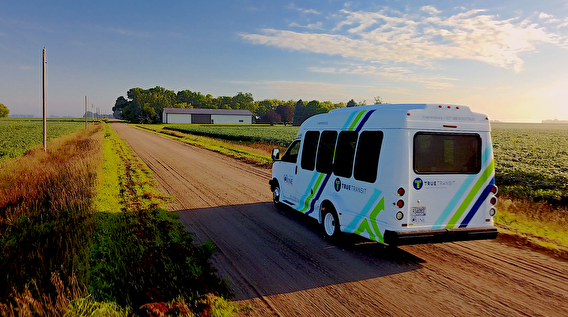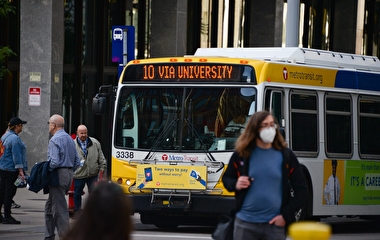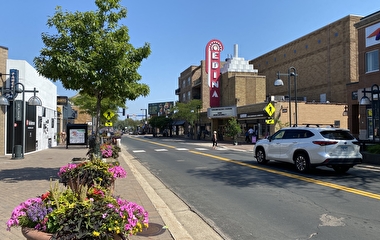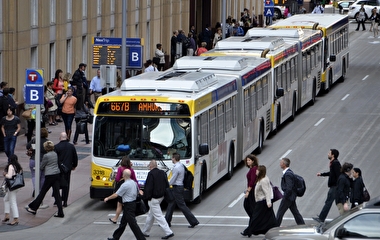
Public transit services are vital for community health and connectivity, yet the transit solutions found in urban areas—such as frequent bus service and light rail—don’t exist in rural areas. As a result, mobility may be limited in rural communities because of the high costs and low availability of affordable, reliable transportation options.
In a recent project, U of M researchers sought to identify funding available for shared mobility and pinpoint limitations in regulations for its use. They also explored whether transit agencies across the US have funded similar efforts and, if so, how. The project was funded by the MnDOT Office of Transit and Active Transportation Program through the Greater Minnesota Shared Mobility Program, an FHWA-funded initiative.
“Shared mobility could address and meet demand for public transit in rural areas,” says Camila Fonseca Sarmiento, director of fiscal research at the Institute for Urban and Regional Infrastructure Finance (IURIF) in the Humphrey School of Public Affairs. “It could also further harness the social and environmental benefits of public transportation.”
Shared mobility can include vanpools, car sharing, microtransit, and other options. Some services may be eligible for federal or state funding, but it can be challenging to find and sift through funding programs and determine which expenses are permitted.
The team began with a review of state and federal funding sources for public transit, including opportunities under the 2021 Infrastructure and Investment Jobs Act (IIJA). “This review allowed us to identify funding availability at the federal and state levels, as well as the limitations in federal and state regulations for use of this funding,” says Fonseca-Sarmiento, the project’s principal investigator.
Next, researchers surveyed all 50 states to discover how they fund shared mobility services as an extension of existing public transit services; 19 states responded to the survey, 11 of which fund shared mobility services in rural areas.
“Through the survey responses, we learned that most states use a combination of federal and state funding for shared mobility services, and that the most common barrier to these types of services are funding challenges,” Fonseca Sarmiento says. Microtransit, ridesharing, and vanpool services were the most-used type of service offered by states.
Based on their findings, the research team developed recommendations for moving rural shared mobility forward in Minnesota. These include:
- Make the state definition of public transit consistent with the federal definition to improve funding opportunities for shared mobility—and include a definition for shared mobility.
- Include the eligibility status for shared mobility funding in state law.
- Improve web pages for state-level grant programs.
“Addressing these information gaps will save MnDOT time and effort by helping grant applicants identify eligibility requirements and locate program information more easily,” Fonseca Sarmiento says.
Researchers also advise that MnDOT work with the legislature to create state-funded programs for supporting shared mobility, such as a state-level grant program.
Other recommendations focus on making the best use of existing federal funding programs and taking advantage of new and revised programs in the IIJA.
“This research helped us answer two critical questions: What types of public funding can be used to support shared mobility services, and where are there gaps in current policies and laws?” says Elliott McFadden, the Greater Minnesota Shared Mobility coordinator and MnDOT lead in this research project. “As we look to grow shared mobility options in Greater Minnesota, this report will be an important tool for MnDOT and our local partners to leverage federal and state funds to meet mobility needs around the state.”
The research team included Raihana Zeerak (IURIF researcher), Jerry Zhao (IURIF founder and advisor), and graduate students Anthony Schuette and Niyati Panchal.
Writer: Megan Tsai


